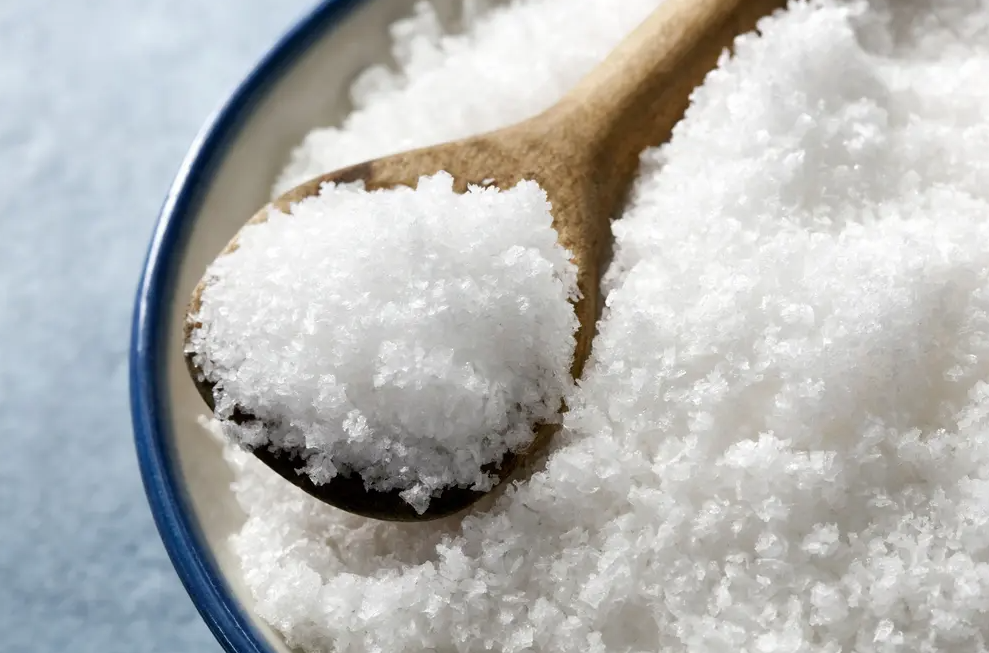Residential thermal storage, the way ecology
(sustainabilityenvironment.com) – And if in the not too distant future salt batteries were the most economical and environmentally friendly form for domestic energy storage. Jelle Houben, a researcher at the Eindhoven University of Technology (TU/e) in the Netherlands, in collaboration with the spin-off Cellcius, is working on this goal. In his doctoral thesis, entitled Accelerating Thermochemical Energy Storage by Doping, Houben has researched and demonstrated how it is possible to increase the capacity of salt batteries by adding “chemical stimulants”. But to understand in detail the progress achieved you need to take a few steps back.
What are salt batteries?
Today, salt batteries (salt batteries) are often incorrectly used to describe different technologies such as electrochemical cells that use sodium ions or thermal units that use molten salts as electrolytes. Houben’s work has focused on a specific thermal battery based on hydrated salts. What is it? A type of inorganic salts that contains water molecules embedded in their crystalline structures at room temperature. Heated they release water in the form of steam, changing structure. When steam and salt meet again, the water binds again to the salt, releasing heat.
read also Low-cost batteries: with Aluminum sulfur and salt batteries, an economical recipe for storage
On this principle, TU/e and the Dutch research organization TNO had already realized in 2022 a first prototype of a domestic battery: a large cabinet consisting of 15 pairs of “boxes”, each of which represented a bacteria, for a total storage capacity of more than 200 kWh.
Faster household salt batteries to charge
Houben’s work was to test different techniques to improve the performance of the hydrated salt by increasing the charging and discharging speed of the battery. The most promising solution? The addition of doping substances such as potassium acetate, is a cheap and widely available compound. According to the thesis, dopants can accelerate the hydration rate of K2CO3 (the hydrated salt used in the Houben battery) by increasing water absorption. “Using organic dopants has been shown that [ionic] mobility can be increased from 1 to almost 4 orders of magnitude for potassium acetate and potassium formate respectively.”
“The results are promising,” the researcher explained to Cursor. “We were able to improve the battery in a stable way to dust level. However, we will use salt tablets in solid form for a prototype system, which is why we will need more follow-up research”.
Neighborhoods heated by mobile salt batteries
The scientist’s number one goal is to build and test a new generation of household salt batteries and, why not, even mobile storage systems to meet the heating needs of entire neighborhoods. The first experiments are already underway. A demonstration system is already operational at the TU/e campus. A second, larger, made in collaboration with Cellcius will be tested in domestic heating. In detail it will provide heat to about fifty homes and every week it will be transported to a local factory to be recharged with waste heat.

